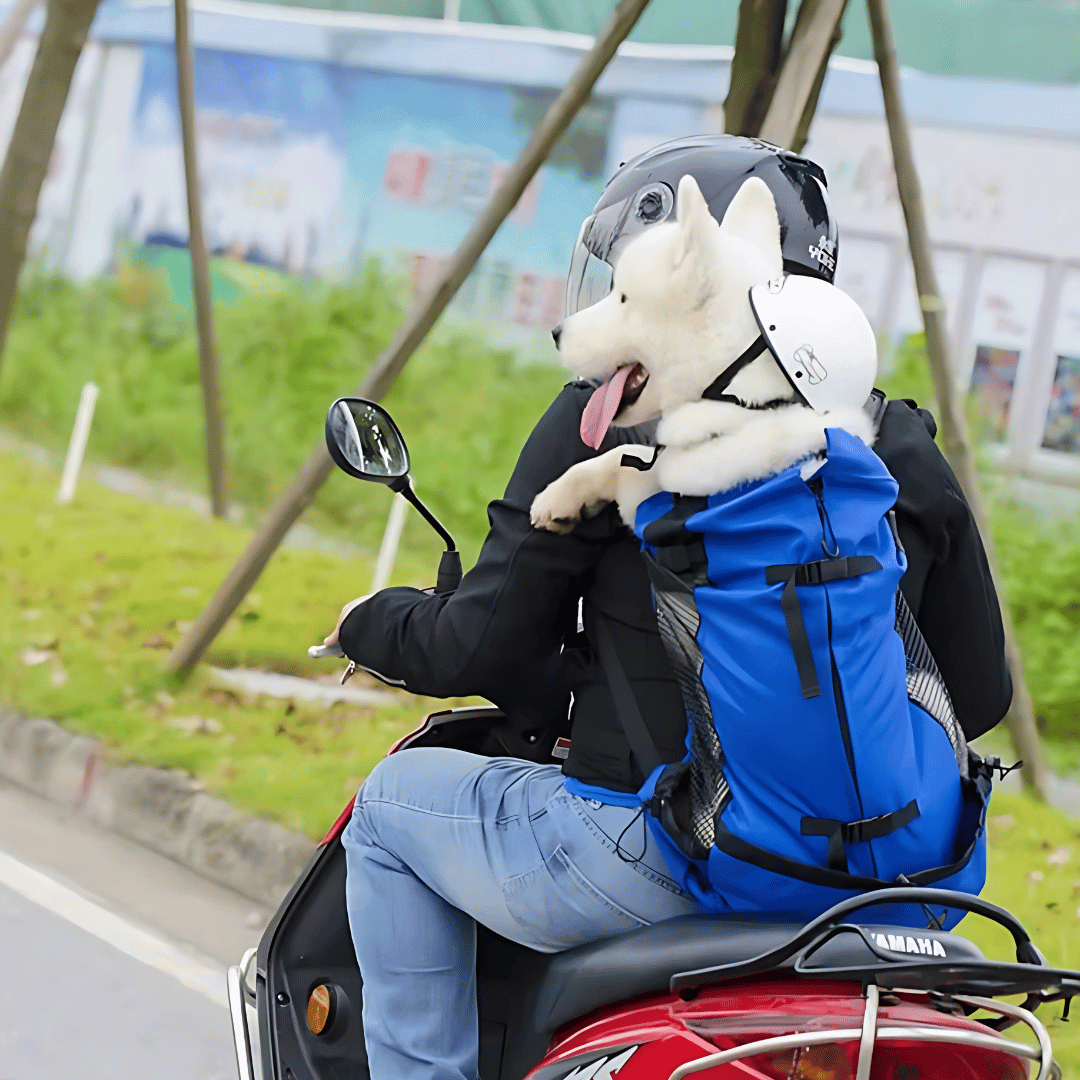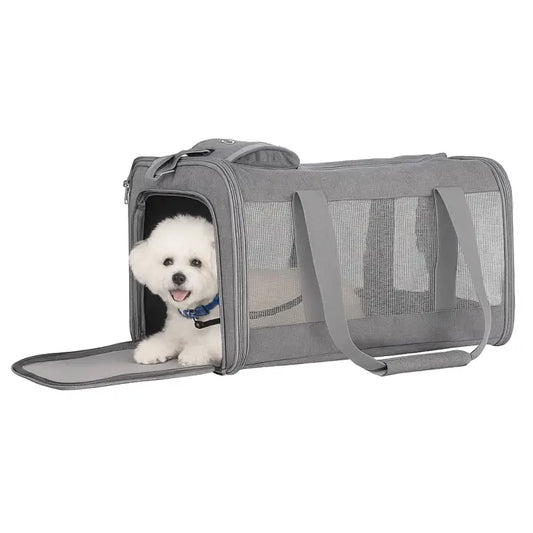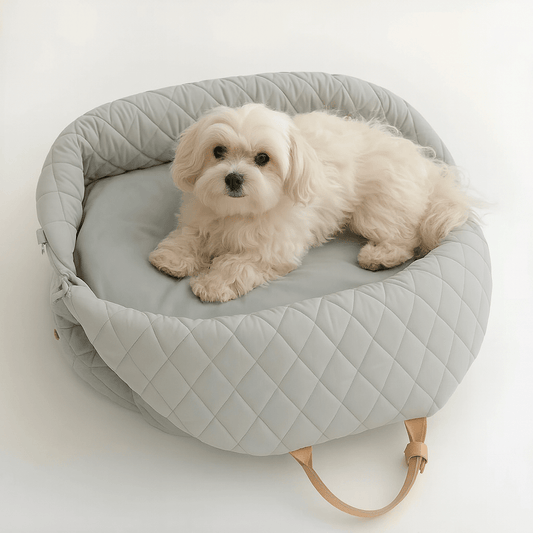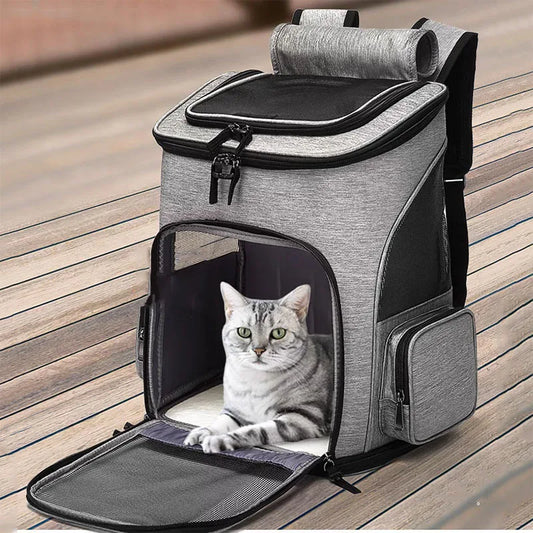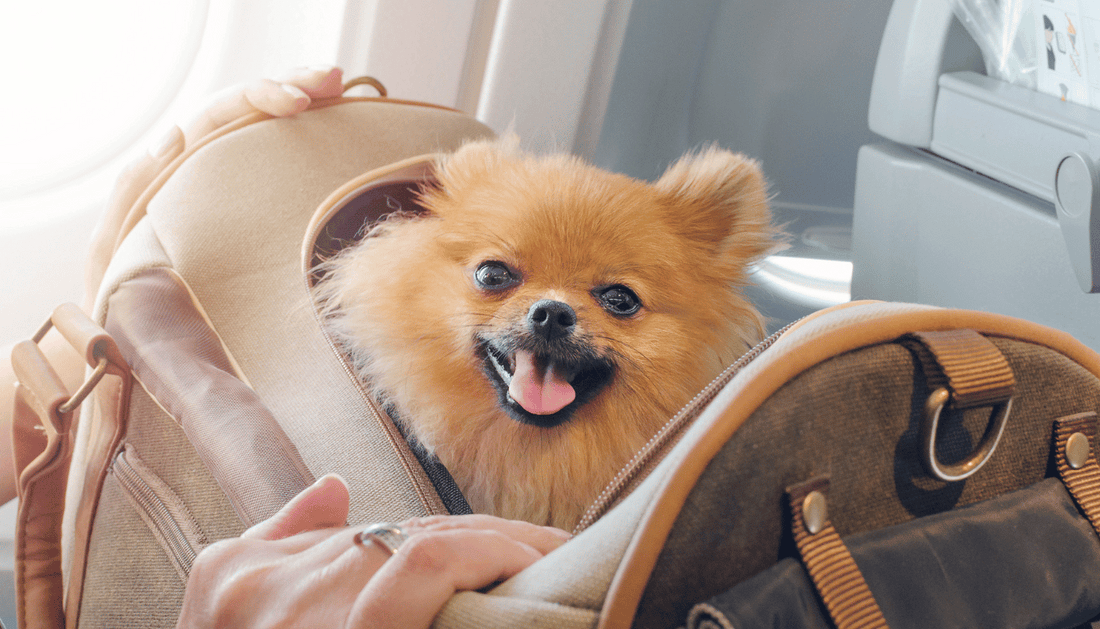
Airline Travel with Pets: What You Need to Know
Share
Flying with your furry friend can be both exciting and nerve-wracking. Whether it’s a short domestic flight or a cross-continental journey, traveling with your dog or cat by air requires thoughtful preparation, patience, and the right gear. At YappyBoo, we specialize in smart and stylish travel accessories designed to keep pets comfortable and safe on every adventure. This comprehensive guide covers everything you need to know before, during, and after your flight—so you and your pet can travel with peace of mind.
I. Why Pet Travel Prep Matters
Air travel is a big deal for pets. Between strange environments, loud noises, and changing altitudes, even the calmest pets can experience stress. Being well-prepared not only ensures your pet's comfort and safety but also keeps you compliant with airline policies and avoids costly surprises at the airport. Think of this as your flight plan—one that includes paw prints.
II. Pre-Flight Preparations
1. Choose the Right Carrier
Your pet’s carrier is their home away from home. It should be airline-approved, breathable, lightweight, and big enough for your pet to stand, turn, and lie down comfortably. Soft-sided carriers like our Airline-Approved Pet Carrier are ideal for in-cabin travel. For cargo, hard-sided, IATA-compliant crates are recommended.
2. Visit the Vet
Most airlines require a health certificate dated within 10 days of travel. Schedule a pre-flight check-up to ensure your pet is in good condition for travel. Ask about motion sickness medication, anxiety treatments, and vaccination requirements for your destination.
3. Review Airline Policies
No two airlines are the same. Check your airline's pet policy for weight restrictions, breed limitations, fees, and accepted carrier sizes. Some carriers only allow one pet per passenger, while others limit the number of pets per flight.
4. Book Early
Cabin space for pets is limited. Reserve your pet’s spot as soon as you book your ticket to avoid disappointment.
III. Types of Pet Travel Options
1. In-Cabin Travel
Pets under a certain weight (usually 20 lbs including the carrier) can often fly in-cabin. Your carrier must fit under the seat in front of you. Make sure to check dimensions before travel day.
2. Cargo Hold
Larger pets usually must fly in the aircraft's cargo hold. While safe when properly managed, the cargo hold can be less temperature-controlled and more stressful for pets. Avoid extreme temperature seasons and select direct flights when possible.
3. Service & Emotional Support Animals
Airlines now treat emotional support animals as pets, not service animals. Only trained service animals are permitted to fly for free in-cabin under current U.S. regulations. Always check the most recent guidelines with your carrier.
IV. Packing the Essentials
Think of your pet’s travel bag like your own carry-on. Here’s what to bring:
- Health certificate & vaccination records
- Leash and harness
- Folding Pet Water Dispenser
- Poop bags and cleaning wipes
- Comfort toy or blanket with familiar scent
- Travel treats and a collapsible food bowl
- Chew toys or dental chews to ease ear pressure during ascent/descent
V. Prepping for a Stress-Free Airport Experience
1. Exercise Before You Go
A long walk or a short play session can help burn off nervous energy before you head to the airport. A tired pet is a calmer traveler.
2. Get Familiar with the Carrier
Let your pet nap, eat, and relax in the carrier days before your flight. This builds comfort and confidence.
3. Arrive Early
Allow extra time for security and paperwork. Most airlines require you to check in with your pet at the ticket counter, not curbside.
VI. TSA and Airport Security
When going through security, you'll remove your pet from their carrier and carry or lead them through the metal detector while the carrier is X-rayed. Always have a secure leash or harness ready to avoid escapes in crowded terminals.
VII. During the Flight
1. Keep It Calm
A familiar toy, like a plush from home, can comfort your pet mid-flight. Avoid tranquilizers unless prescribed by a vet. Products like our Travel Pet Carrier can help small pets feel cozy and secure.
2. Offer Water
Cabin air is dry. Offer small amounts of water using a foldable water bottle at regular intervals.
3. Avoid Feeding Right Before
Prevent motion sickness by feeding your pet 4–6 hours before the flight.
VIII. Post-Flight Care
1. Let Them Settle
Give your pet time to adjust. Offer fresh water, a bathroom break, and a walk or quiet playtime at your destination.
2. Watch for Stress
Look for signs like lethargy, vomiting, or excessive pacing. Contact a vet if anything seems off.
3. Recreate Familiar Comfort
Bring their favorite bed or toy to help them feel at home.
IX. Bonus Pro Tips from YappyBoo
- Use calming sprays or pheromone-infused wipes
- Label your carrier with contact info in case you get separated
- Dress your pet in breathable, non-restrictive gear (like a harness)
- For long layovers, scope out pet relief areas inside the airport
X. Conclusion
Airline travel with pets doesn’t have to be stressful. With the right mindset, research, and reliable gear from YappyBoo, you can turn travel days into exciting adventures. Your dog or cat depends on you to keep them safe and calm, and our mission is to make that easier than ever.
👉 Ready to travel? Explore our Pet Travel Essentials
